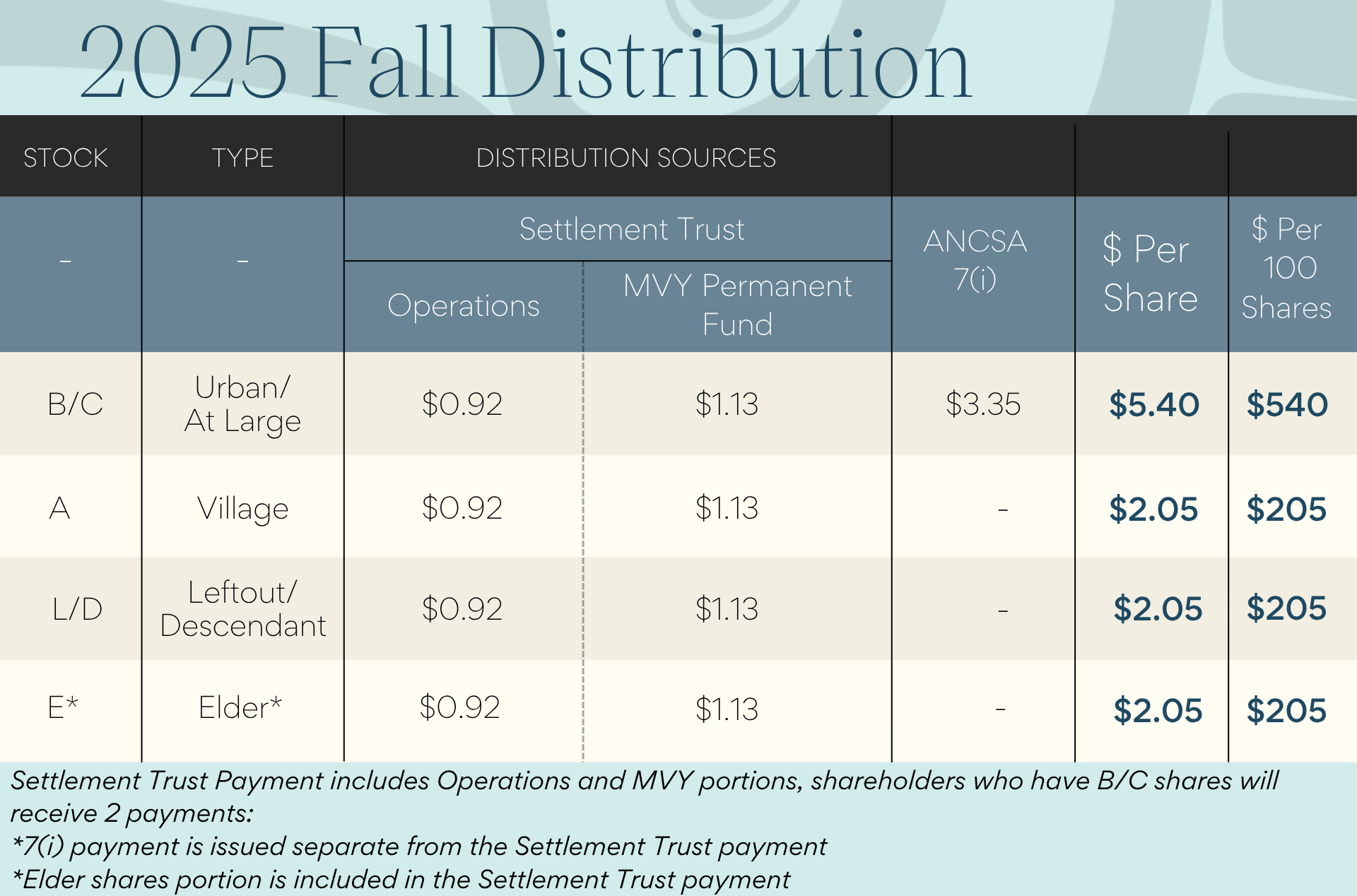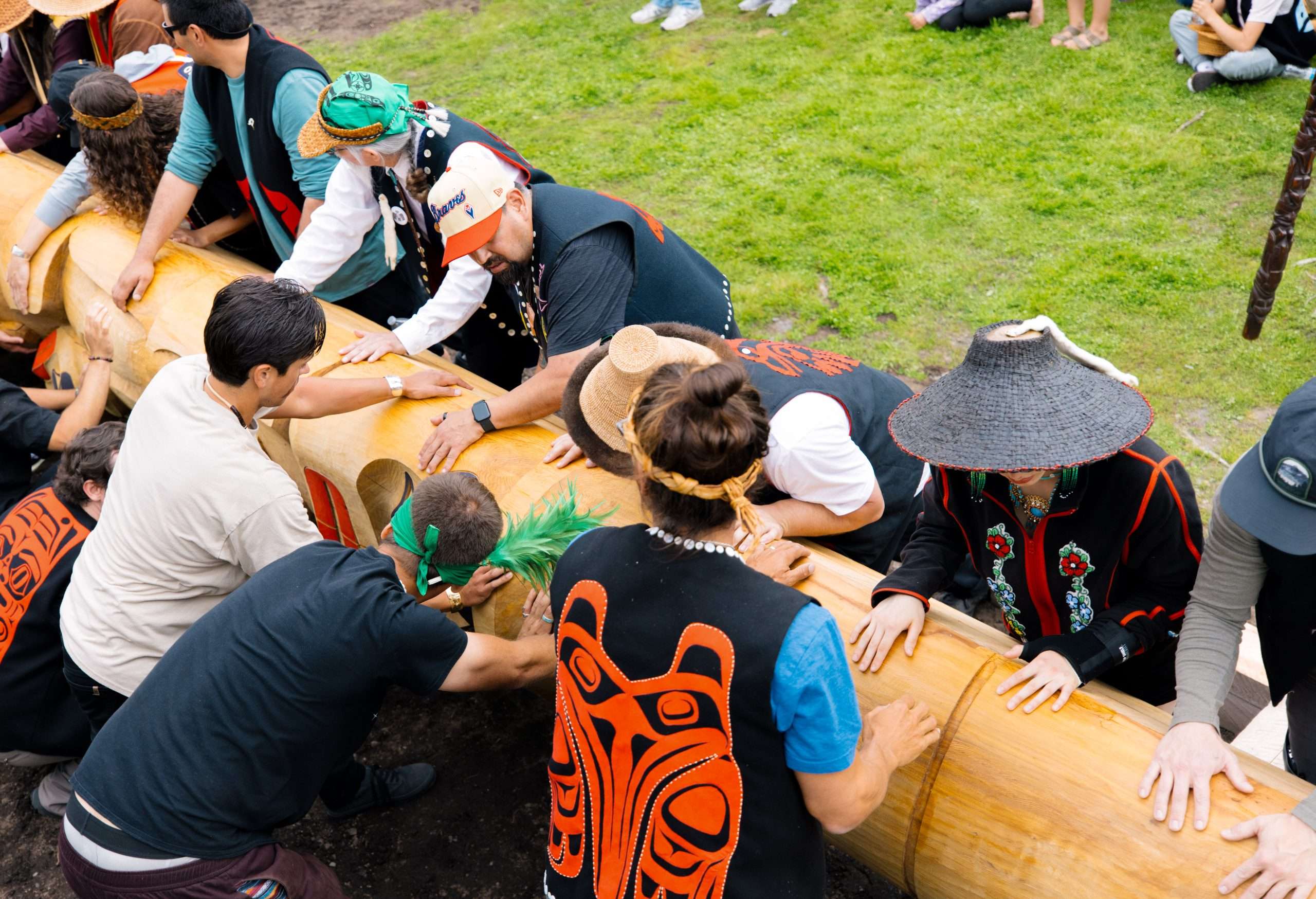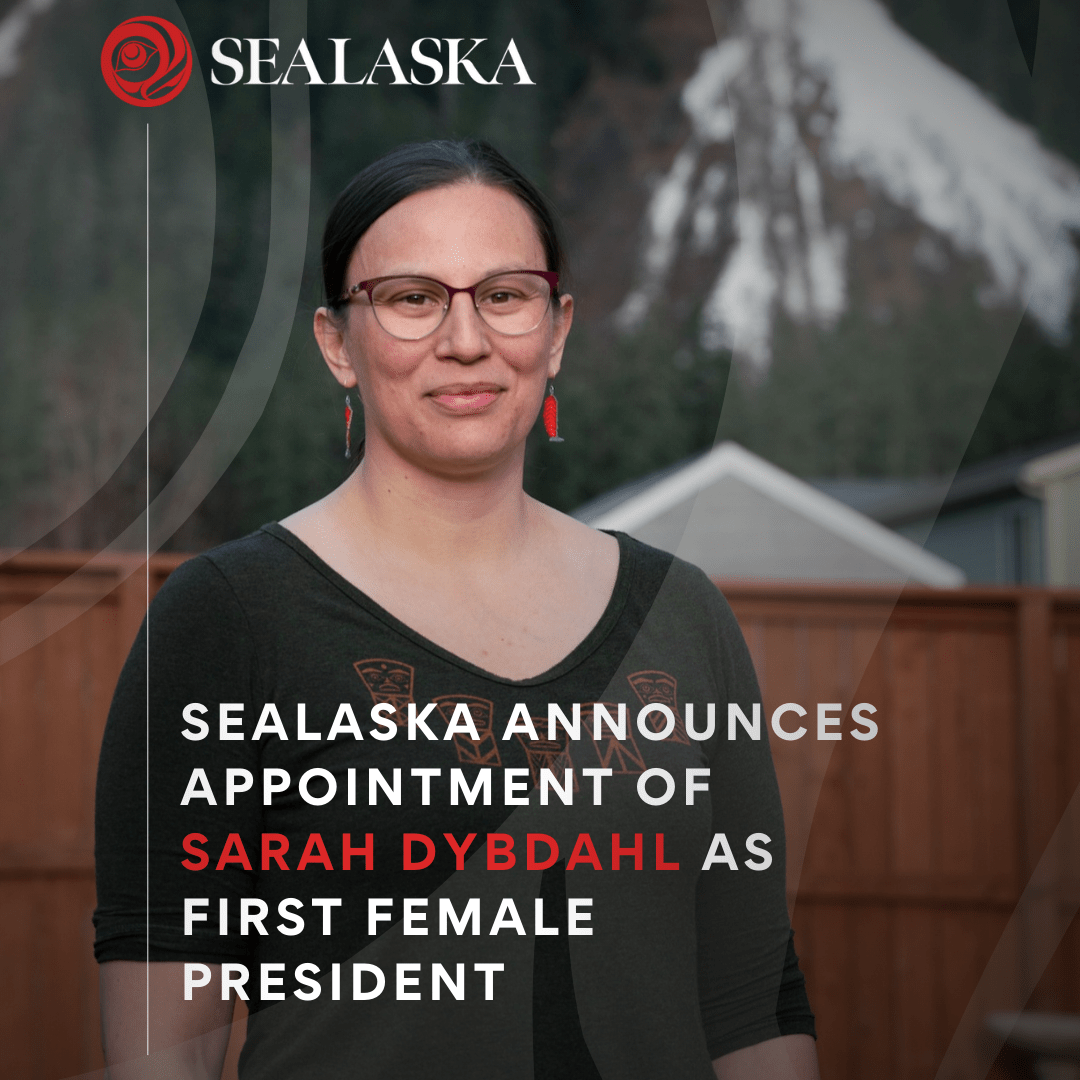New System, Multiple Elections: Key Information for Alaska Voters in 2022
Tuesday, April 26, 2022
 Alaska voters will face a series of elections between now and November — a special primary and general election to fill the seat left vacant when Congressman Don Young passed in March, and a regularly scheduled primary and general election in August and November.
Alaska voters will face a series of elections between now and November — a special primary and general election to fill the seat left vacant when Congressman Don Young passed in March, and a regularly scheduled primary and general election in August and November.
The special election, which is already underway, will be the first time Alaskan voters choose a candidate using the state’s new open primary and ranked-choice voting system.
“The Alaska Native vote is powerful in Alaska, and we have an important opportunity to advance our priorities when we vote,” said Sealaska President and CEO Anthony Mallott. “Our full and engaged participation is critical at a time when our climate is rapidly changing, politics are divisive, and working together across interests is the only way we’ll make real progress on behalf of our children and grandchildren.”
Here’s how the new primary and general election process works:
During the 2020 General Election, Alaska voters approved a ballot initiative to establish a ranked-choice voting system for general elections and a nonpartisan, top-four primary election system.
- Primary elections are a way of narrowing down the field before the general election. There are 48 candidates running to replace Congressman Young in the U.S. House of Representatives. The new nonpartisan top-four primary election system means primary elections will feature the same ballot for all registered voters regardless of party preference, with every candidate listed in alphabetical order along with their political party affiliation. Voters will select one — just one! — candidate on the primary ballot (their top choice). The four candidates who receive the most votes in the primary election will advance to the general election.
- During the general election, including the upcoming special election, voters will rank the four candidates who emerged from the primary from first to last based on their preferences. For a candidate to win, they must receive a majority (50% + 1 vote) of total votes cast. If no candidate receives a majority of votes in the initial round of counting (a likely outcome), additional rounds of counting will take place. In the first round of counting, only the votes for first-choice candidates are counted. If one candidate receives more than half the votes in the first round, the election is over and a winner is declared. If a second round is needed, the last place candidate is eliminated and their supporters’ second-choice selection is allocated to the remaining candidates on the ballot. This process continues until one candidate earns more than 50% of the votes or until there are two candidates remaining, in which case the candidate with the most votes wins.
By ranking multiple candidates by order of preference, you can still ensure your voice is heard even if your top choice isn’t the winner. By ranking multiple candidates, voters provide options, seeing that their vote will go toward at least one of their choices even if their top choice is eliminated.
The upcoming special election is already underway. Here are the key dates:
The special election for Alaska’s seat in the U.S. House of Representatives has already begun. This election will be held primarily by mail, and ballots were mailed to voters on April 27. Ballots must be filled out and returned, with a postmark by June 11, to be counted. They must be received by June 21. Registered voters will automatically receive absentee ballots in the mail – there is no need to request a ballot, but you do need to register if you are not already a registered voter.
The top four candidates from the primary will advance to the special general election on August 16, which is the same day as the regular primary election. This may sound confusing, but due to the specific circumstances surrounding the timing of Congressman Young’s passing and the requirements of Alaska election law, the special general election to fill the remaining time in Congressman Young’s current term in office will overlap with the regularly scheduled primary election for Alaska’s sole seat in the U.S. House of Representatives, along with other statewide and local races – .
In total, there are 48 candidates running for the seat, including four Alaska Native candidates (Laurel A. Foster, Emil Notti, Mary S. Peltola, and Tara M. Sweeney).
Special Election Timeline
- April 27: Primary ballots mailed to voters
- May 12: Voter registration deadline. To register to vote, visit the Alaska Division of Elections online. You can also register to vote in person at a variety of locations statewide.
- May 27: Early and absentee in-person voting begins at a limited number of polling places
- June 11: Election day—primary ballots voted by mail must be postmarked on or before June 11
- June 21: Deadline for Division of Elections to receive ballots by mail
- August 16: General election
Regular Election Timeline
- August 16: Primary election
- November 7: General election
Click here for more information about the special election, ranked choice voting or the upcoming regular election—and don’t forget to vote!














